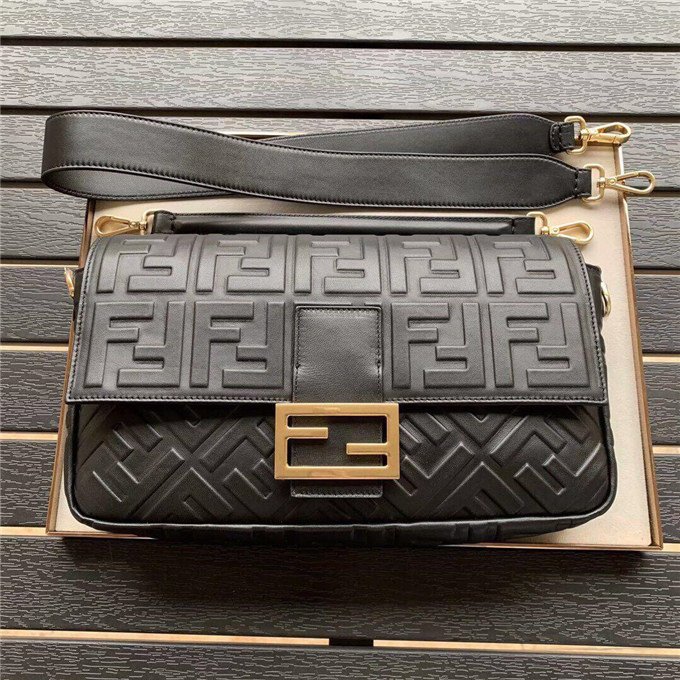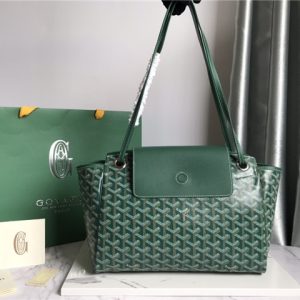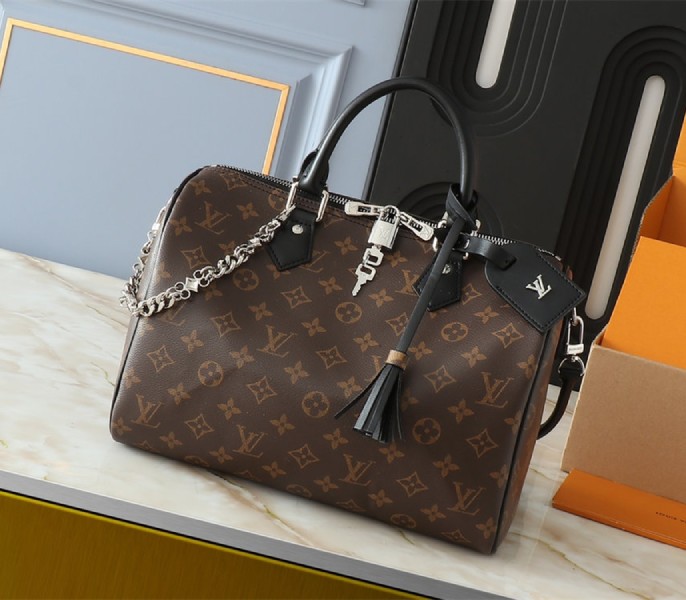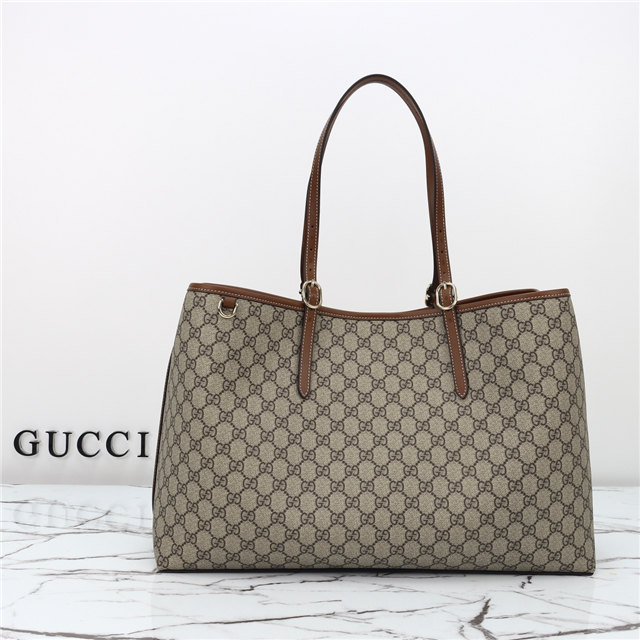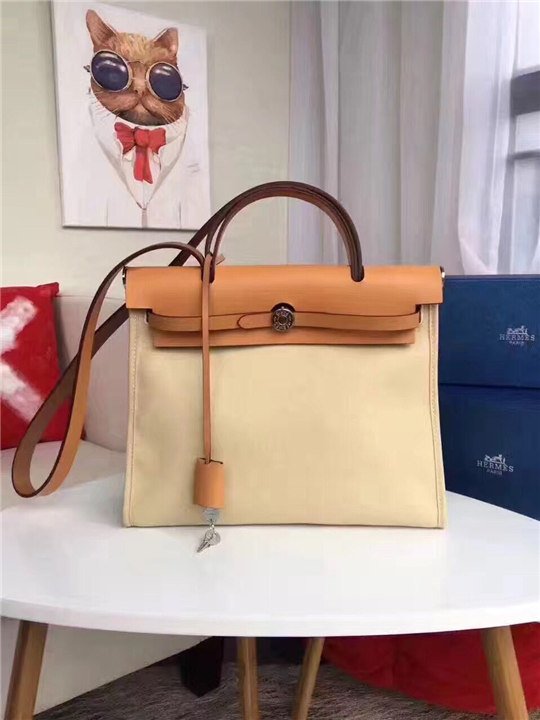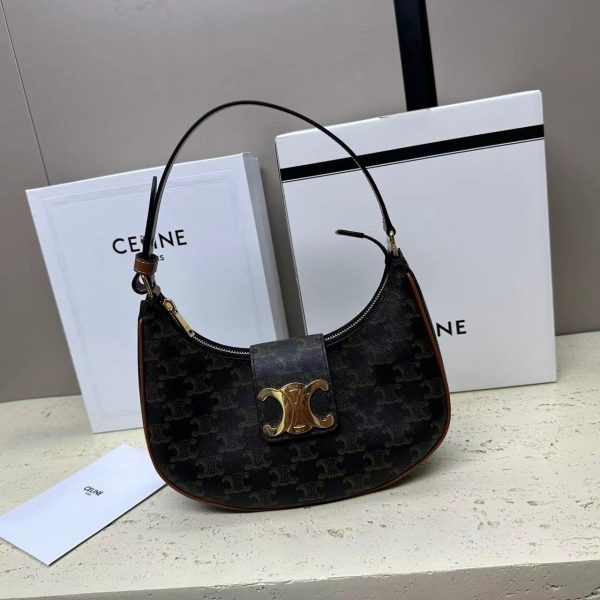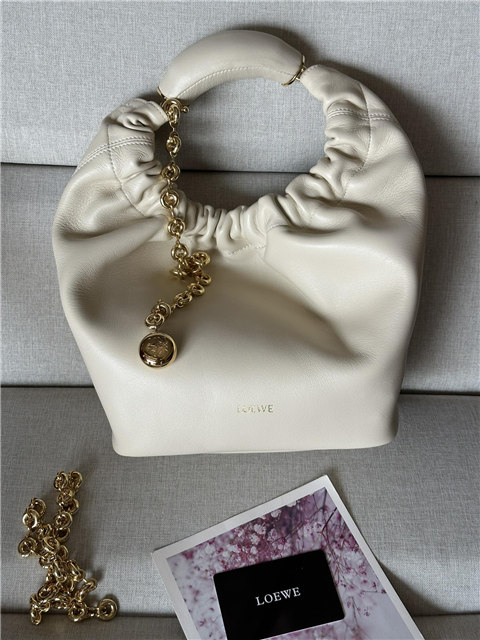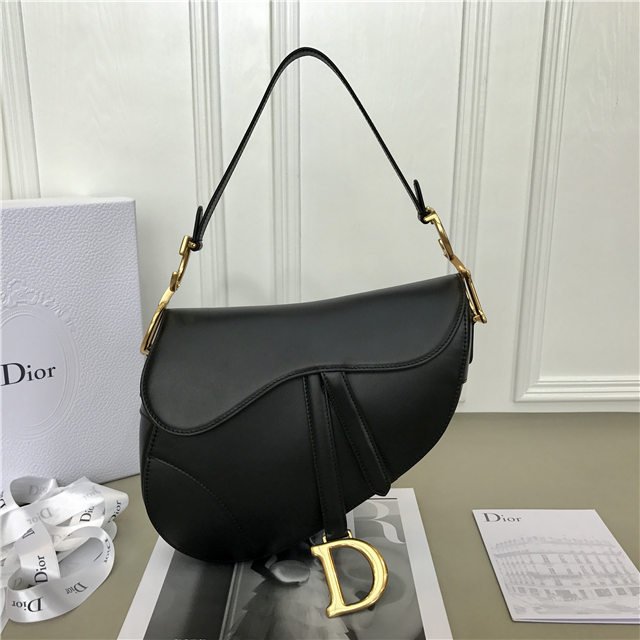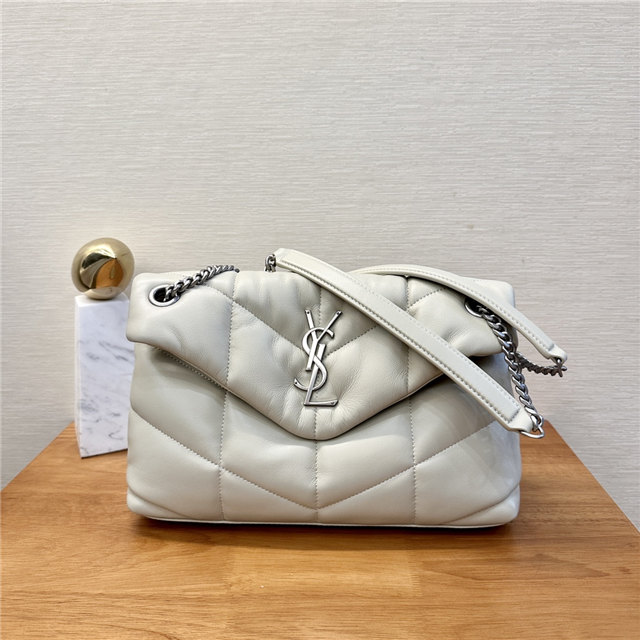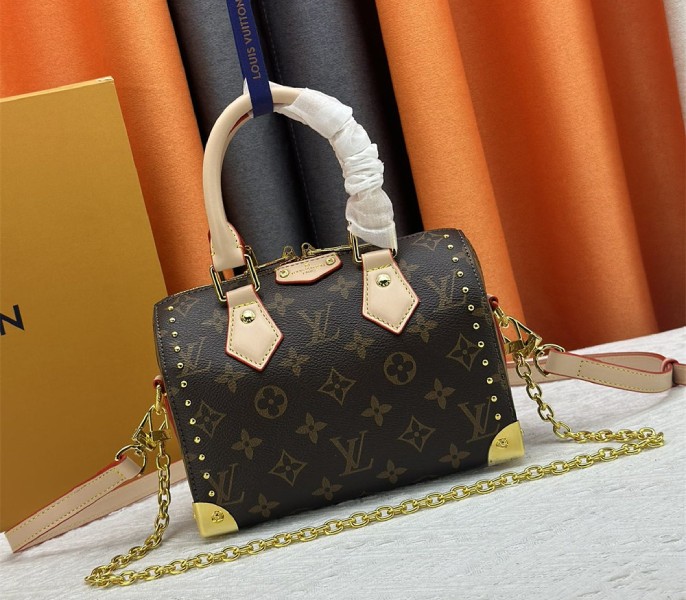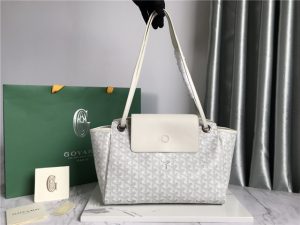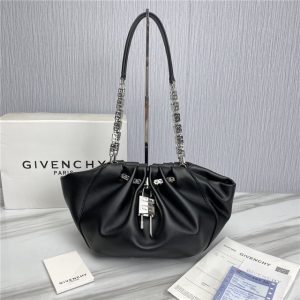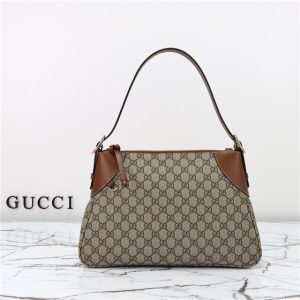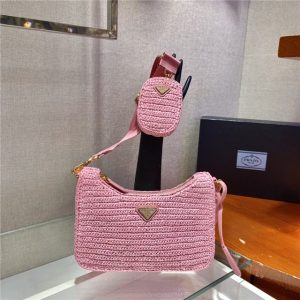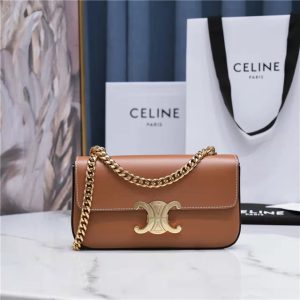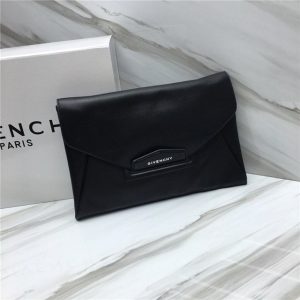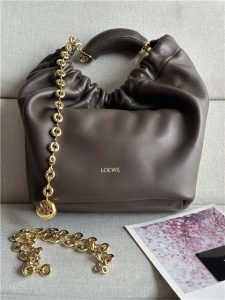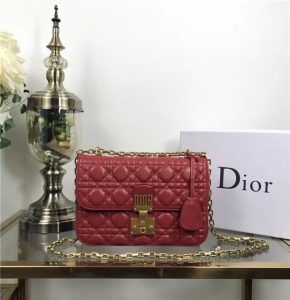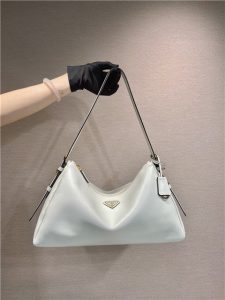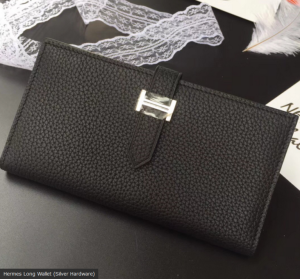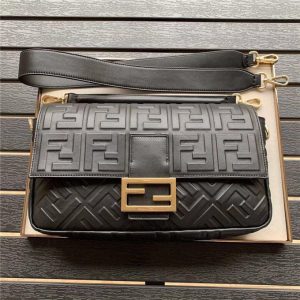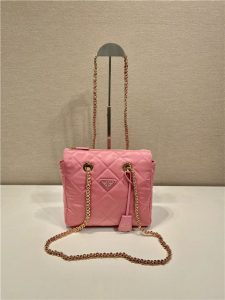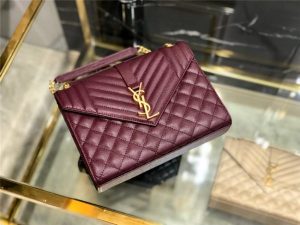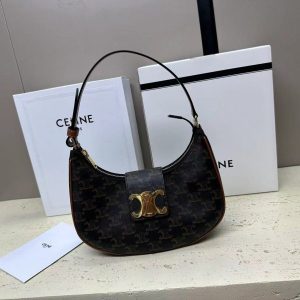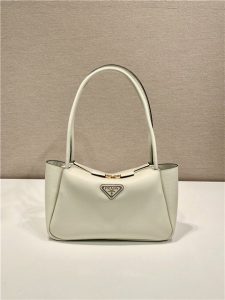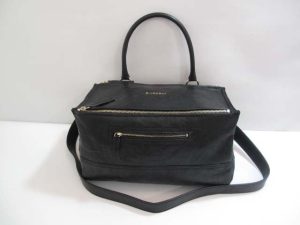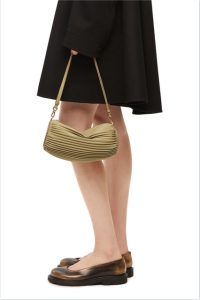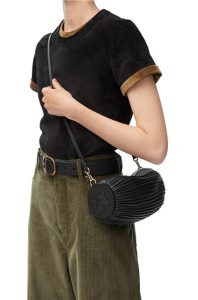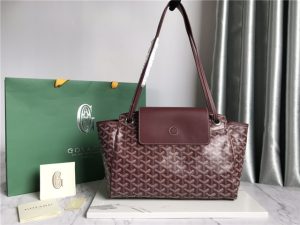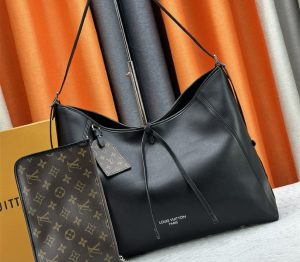I actually read a story about some poor sap who got totally bamboozled on eBay. Bought what he *thought* was a cool vintage Oris, only to find out it was a complete knockoff. The seller refunded him, thankfully, but still… the hassle! Plus, the disappointment! Nobody wants that.
So, how do you avoid getting stuck with a phony Oris? Well, that’s the million-dollar question, isn’t it? Serial numbers are supposedly a clue. You gotta find it on the watch – like a little treasure hunt! – and then… I guess you check it *somewhere*? Honestly, the articles I was reading didn’t *exactly* spell that out perfectly. I guess you can Google it or something? Maybe even call Oris directly. Seems like a pain, but worth it if you’re dropping serious coin.
And speaking of coin, price is a HUGE red flag. If you see an Oris that’s normally going for, say, $1500, being sold for $200… alarm bells should be ringing louder than a fire truck. I mean, come on, nobody’s *that* generous. They’re probably trying to unload a fake.
The box is another telltale sign. The legit ones are supposed to be, like, sturdy and well-made. Fake ones are, well, cheap. Light, flimsy, weird colors, bad lettering… the whole nine yards. One article I saw said they often don’t even have a serial number sticker. It’s like they’re not even trying! (Okay, some *are* trying harder now, but still!)
Honestly, it’s kinda scary how good the fakes are getting. You almost have to be a watch expert to tell the difference sometimes. It reminds me of the time I almost bought a “Rolex” from some guy in a back alley. I mean, it *looked* good, but something just felt off. Trust your gut, people!

